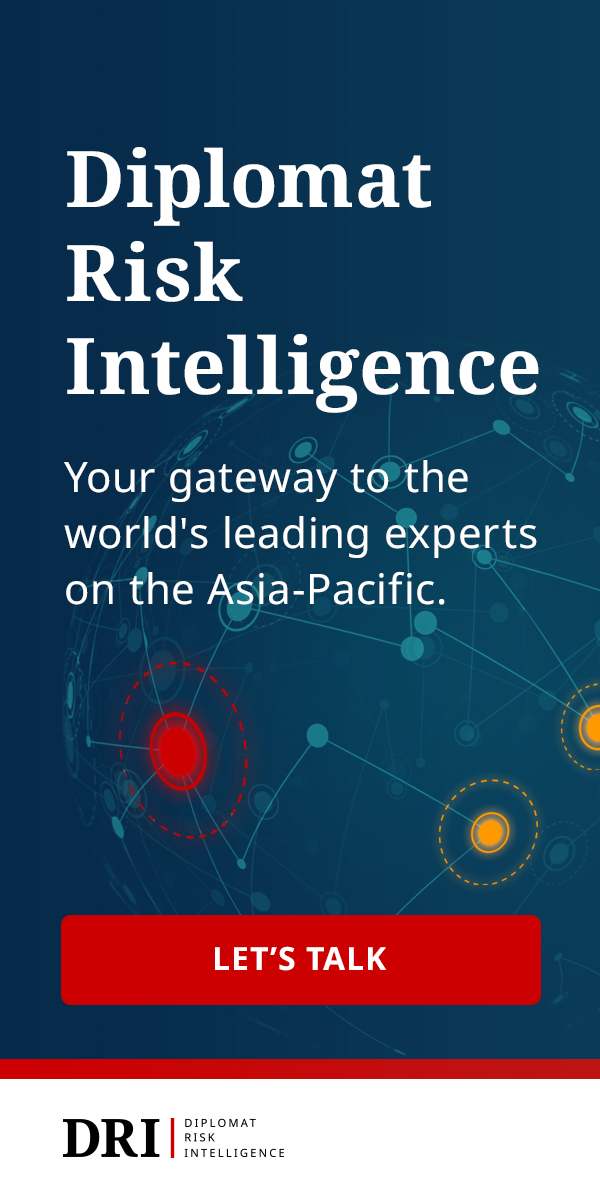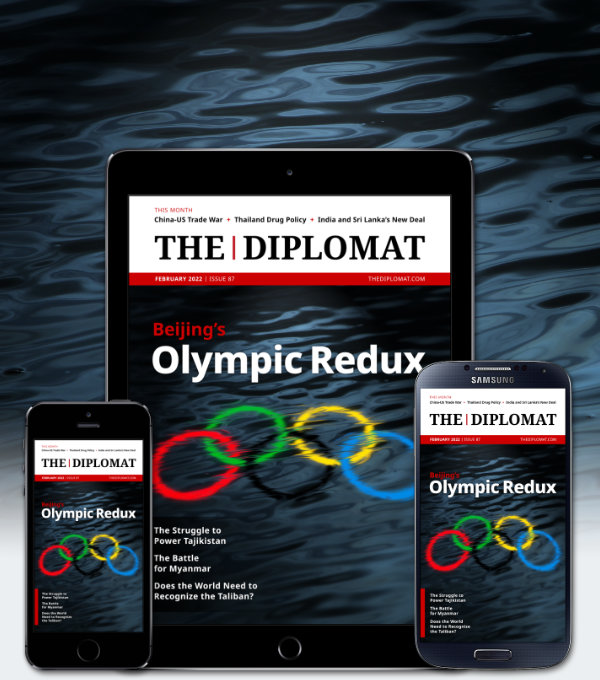| Welcome to the latest issue of Diplomat Brief. This week our top story analyzes a key strategic document for China’s fifth-generation fighter program, provided in exclusive translation. We also have an interview with Dashdavaa Zandraa, the director-general of Mongolia’s Independent Authority Against Corruption (IAAC), about the country’s long-standing battle against corruption. |
| Story of the week |  | SECURITY What a 19-Year-Old Study Tells Us About China’s J-20What Happened: In 2016, photographs of a Chinese-language document, “Strategic Study of China’s Fighter Aircraft Development,” appeared in a Chinese military forum. The document, first published in 2003, is a prescient overview of China’s goals, timeline, and vision for developing a fifth-generation fighter – what we now know as the J-20. PLA military analyst Rick Joe provides an exclusive English translation for The Diplomat, along with a detailed analysis of what the Strategic Study tells us about the J-20 – and potentially China’s next generation of fighter aircraft. Our Focus: The Strategic Study makes clear that, all the way back in the late 1990s, China had set itself the ambitious goal of indigenously developing a fifth-generation fighter able to “compete with the [United States’] F-22” and “hold some advantages over the F-35.” The capabilities outlined in the document “seem audacious, bordering on insurmountable, when considering those formulations would have been made in the late 1990s and early 2000s,” Joe writes in his analysis for The Diplomat. Yet the J-20 not only met those goals but did so “three to four years ahead” of the Strategic Study’s projected schedule. The main takeaway, then: underestimate China’s military modernization ambitions at your own risk. What Comes Next: The timeline of pre-research, applied development, and projected schedules outlined in the document “is a very useful demonstration of the what China puts into a major military hardware project, and thus may provide useful general insights” into future projects – including the development of a sixth-generation fighter. As Joe writes, “It is very likely that an equivalent paper similar to the Strategic Study would have been written and distributed in the last few years for the sixth-generation fighter project… the lessons from the Strategic Study should demonstrate that when the sixth-generation fighter emerges, it will have resulted from a similarly long cycle of academic assessment, pre-research, and developmental work.” Read this story |
| Behind the News | INTERVIEW Dashdavaa ZandraaDashdavaa Zandraa, the director-general of Mongolia’s Independent Authority Against Corruption (IAAC), on the IAAC’s strategy: “[T]o effectively combat corruption, it is necessary to eliminate the underlying conditions that create the risk of corruption rather than corrupt officials and minimize human involvement by limiting the ability of officials to make subjective decisions… Fighting corruption is more about eliminating the conditions that create corruption than about corrupt officials.” Read the interview |
| This Week in Asia | Northeast Asia China’s Ukraine Positioning Looms LargeWith warnings of an imminent Russian invasion of Ukraine sounding louder than ever this week, China’s position on the issue could prove crucial to Moscow’s decision making. In early February, Xi Jinping and Vladimir Putin met in a strong show of shared interests and solidarity. However, their lengthy joint statement was curiously silent on Ukraine. China is reluctant to take a clear position, as giving Moscow full support for military action would have serious consequences for Beijing’s reputation. And with Chinese analysts convinced no invasion is forthcoming, Beijing seems to have decided it doesn’t need to say anything at all. Find out more | South Asia Afghanistan, Iran Clash Over Helmand River DamIn January, Iranian officials announced a deal with the Taliban for the latter to release water from Afghanistan’s Kamal Khan Dam, increasing flows along the Helmand River to Iran’s Sistan-Baluchestan province. A month later, that still hasn’t happened, and the Taliban deny ever making such a pledge. Meanwhile, anti-Afghan violence has broken out in Iran amid public anger over water issues. Find out more | Southeast Asia ASEAN Foreign Ministers to Meet, Minus MyanmarForeign ministers from nine Southeast Asian nations will meet in Phnom Penh this week for the ASEAN Foreign Ministers’ Retreat, the first major event on the bloc’s annual calendar. The February 16-17 meeting is taking place a month later than initially scheduled, after it was postponed amid internal disagreements over the invitation of the military junta’s foreign minister, Wunna Maung Lwin. Cambodia subsequently uninvited the junta’s envoy, and said that it would only be allowed to send a “non-political representative” – an offer the junta has since refused. Find out more | Central Asia There Might Be a New Turkmen President SoonThe next Turkmen president will probably also be named Berdimuhamedov. Gurbanguly Berdimuhamedov, who has ruled Turkmenistan since 2007, announced snap presidential elections for next month (March 12); the ruling party has nominated the president's son Serdar. It’s all but unfathomable that anyone else could possibly win. Find out more |
| Visualizing APAC |  | Six months after the Taliban entered Kabul, not a single other country has recognized their regime as the legitimate government of Afghanistan. See the full picture |
| Word of the Week | SOCIETY Қанды қаңтарQandy Qangtar: Kazakh for “bloody January,” the term some Kazakhs have adopted to referred to the violence of early January 2022. Find out more |
|  |




